Gas welding is a welding method that uses a gas flame as a heat source to melt the base metal and fill the metal. The most commonly used is oxyacetylene welding, that is, the welding method that uses the oxyacetylene flame generated when acetylene (combustible gas) and oxygen (combustion gas) are mixed for heating to melt the workpiece and the welding wire and condense to form a weld.
Acetylene uses pure oxygen to support combustion. Compared with air, acetylene can greatly increase the flame temperature (about 3000 ° C or more). Compared with arc welding, the temperature of gas welding flame is low, the heat is dispersed, and the heating speed is slow, so the productivity is low, the workpiece is seriously deformed, the heat affected zone of the welding is large, and the quality of the welded joint is not high. However, gas welding equipment is simple, flexible and convenient to operate, flames are easy to control, and no power supply is required. Therefore, gas welding is mainly used for welding low-carbon steel sheets with a thickness of less than 3mm, non-ferrous metals such as copper and aluminum and their alloys, and welding repair of cast iron. In addition, it is also suitable for field work without a power source.
Gas welding flame (oxyacetylene flame)
The flame formed by the mixed combustion of oxygen and acetylene is called oxyacetylene flame. By adjusting the oxygen valve and acetylene valve, the mixing ratio of oxygen and acetylene can be changed to obtain three different flames; neutral flame, oxidized flame and carbonized flame.
Neutral flame
When the action ratio of oxygen to acetylene is 1 to 1.2, the resulting flame is called a neutral flame, also known as a normal flame. It consists of a flame core, an inner flame and an outer flame. The flame core is near the welding nozzle and has a bright white color; the second is the inner flame. It is blue-purple here, the temperature is the highest here, about 3150 ℃, 2 ~ 4mm from the front end of the flame center. It should be used to heat the workpiece and the welding wire during welding.
Neutral flame is a flame commonly used in welding. It is used for welding low carbon steel, medium carbon steel, alloy steel, copper, aluminum alloy and other materials.
2.Carbonized flame
When the volume ratio of oxygen to acetylene is less than 1, a carbonized flame is obtained. Because there is less oxygen, combustion is incomplete. The entire flame is longer than the neutral flame. And the temperature is relatively low, the acetylene in the carbonized flame is excessive, suitable for welding high carbon steel, cast iron and hard alloy materials. When using a carbonized flame to weld other materials, the weld metal will be carbonized and become hard and brittle.
3. Oxidation flame
When the volume ratio of oxygen to acetylene is greater than 1.2, an oxidizing flame is formed. Due to the large amount of oxygen, the combustion is fierce, the flame length is significantly shortened, the flame center is tapered, the inner flame is almost disappeared, and there is a strong whistle, due to the oxygen in the oxidation flame. It is easy to oxidize the metal, so it is not widely used. It is only used for welding brass to prevent the evaporation of zinc.
V. Basic operation technology of gas welding
During gas welding operation, the welding torque is usually held by the right hand, the thumb is located at the acetylene switch, and the index finger is located at the oxygen switch, so that the gas flow can be adjusted at any time. Holding the welding handle with the other three fingers, the basic operations of gas welding with the right hand holding the welding wire are: ignition, flame adjustment, welding and flameout.
1.Ignition, flame adjustment and flameout
When igniting, open the oxygen valve slightly, then open the acetylene valve, and ignite the flame with an open flame (available electron gun or low-voltage electric spark, etc.). The flame at this time is a carbonized flame, and then gradually open the oxygen valve to adjust the carbonized flame to a neutral flame. If you continue to increase oxygen (or reduce acetylene), you can get an oxidized flame.
Ignition may return a continuous "gun firing" sound. The reason is that acetylene is not pure, and the impure acetylene should be released to reignite. Sometimes it is difficult to ignite because the amount of oxygen is too large, and the oxygen valve should be closed slightly. When igniting, do not point the hand holding the fire directly at the welding nozzle or point at others to prevent burns.
When it is necessary to turn off after welding, the acetylene valve should be closed first, and then the oxygen valve should be closed to avoid tempering and reduce smoke and dust.
2. Surfacing welding wave
(1) Weldment preparation
Clean the oxide scale, rust, oil and dirt on the surface of the weldment with a wire brush, abrasive cloth, etc. to expose the weldment to the metal surface.
(2) Start of weld
Normal low carbon steel uses neutral flame, leftward welding. That is, the welding moment is to be welded from left to right, so that the flame is directed to the part to be welded. When the welding wire tip is located at the front and lower of the flame and welded together, the initial angle of the welding moment should be larger (50 ~ 70). The workpiece is preheated, and the projection of the nozzle axis coincides with the weld. At the same time, the flame should be moved back and forth at the welding place to ensure that the welding zone is evenly heated. After the weldment is melted from red to a bright and clear molten pool, the welding wire can be melted, and then the welding wire is immediately lifted up, and the flame moves forward uniformly to form a new molten pool.
(3) Normal welding
In order to obtain high-quality and beautiful welding seams and control the heat, welding moment and welding wire of the molten pool, uniform and coordinated movements should be made; that is, longitudinal movement along the weldment seam; welding moments swing laterally along the welding seam; welding wire is in the vertical welding seam Feed in direction and move up and down.
(4) Welding seam closing
When welding to the end of the weld, the angle between the welding moment and the weldment should be reduced due to poor heat dissipation at the end. (20 ~ 30 °), at the same time, increase the welding speed and add more welding wires to prevent the molten pool from expanding and forming burn-through.
Gas cutting
Gas cutting is a method that uses the thermal energy of a gas flame to preheat the cutting part of the workpiece to a certain temperature, and then sprays a high-speed cutting oxygen stream to burn and release heat to achieve cutting. It is a fundamentally different process from gas welding. Gas welding is the melting of metal. Gas cutting is the combustion of metal in pure oxygen.
1. Conditions for metal oxygen cutting
(1) The burning point of metal materials must be lower than its melting point. This is the basic condition for metal oxygen cutting. Otherwise, the cutting is the melting of the metal first, and it becomes a melting process, which makes the cut too wide and uneven.
(2) The melting point of the metal oxide formed by combustion should be lower than the melting point of the metal itself, and the fluidity should be good, otherwise the cutting process cannot be performed normally.
(3) A large amount of heat is released when the metal burns, and the thermal conductivity of the metal itself is low.
Gas cutting can only be performed on metallic materials that meet the above conditions, such as pure iron, low carbon steel, medium carbon steel, ordinary steel, alloy steel, etc. High carbon steel, cast iron, high alloy steel, copper, aluminum and other non-ferrous metals and alloys are difficult to perform gas cutting.
2. Gas cutting process
In gas cutting, the cutting moment is used instead of the welding moment. The remaining equipment is the same as the gas welding. The shape and structure of the cutting moment are in kind. During gas cutting, first use the oxyacetylene flame to preheat the metal near the cut to the ignition point (about 1300 ° C, yellowish white), and then open the cutting oxygen valve on the cutting moment. The high-pressure oxygen jet causes the high-temperature metal to immediately burn and generate oxide (Ie, iron oxide, in a molten state) is blown away by the oxygen flow at the same time. The heat generated by the metal combustion and the oxyacetylene flame together preheat the adjacent metal to the ignition point, and move the cutting moment at a certain speed along the cutting line to form a cut.


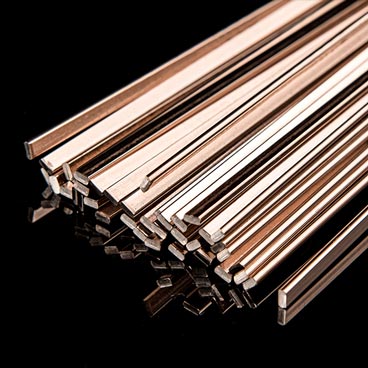
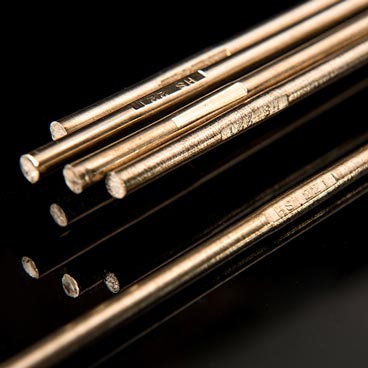
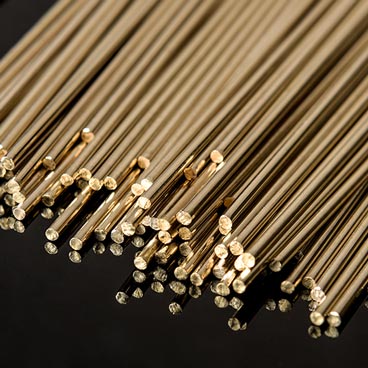
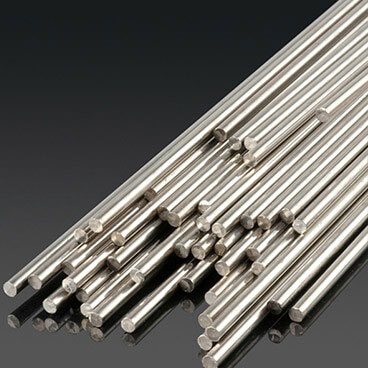

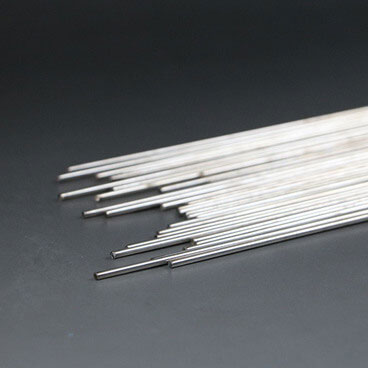
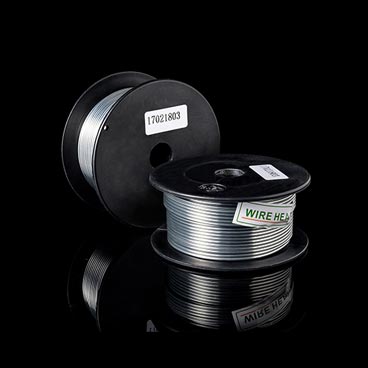
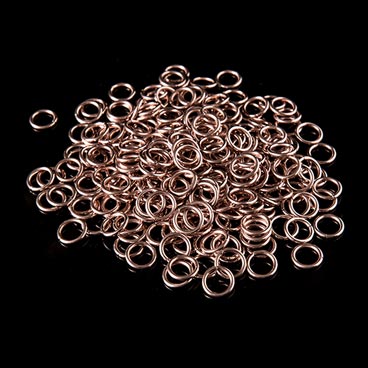
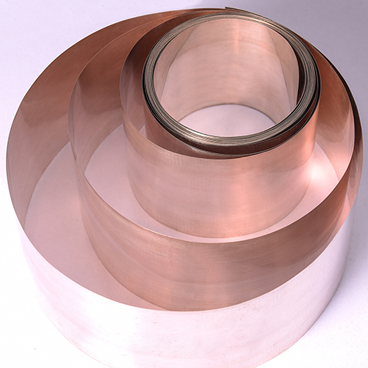
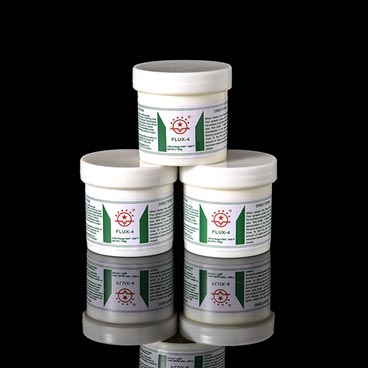
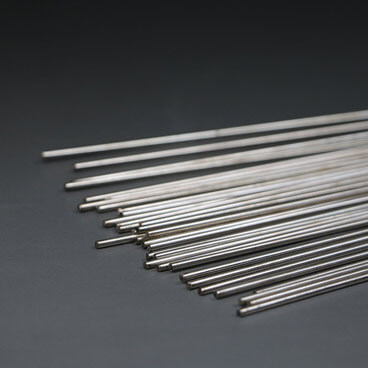






 sales@welding-material.com
sales@welding-material.com.jpg)







